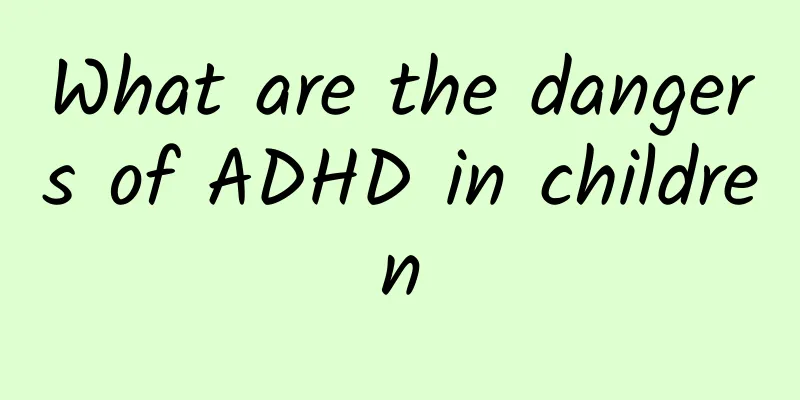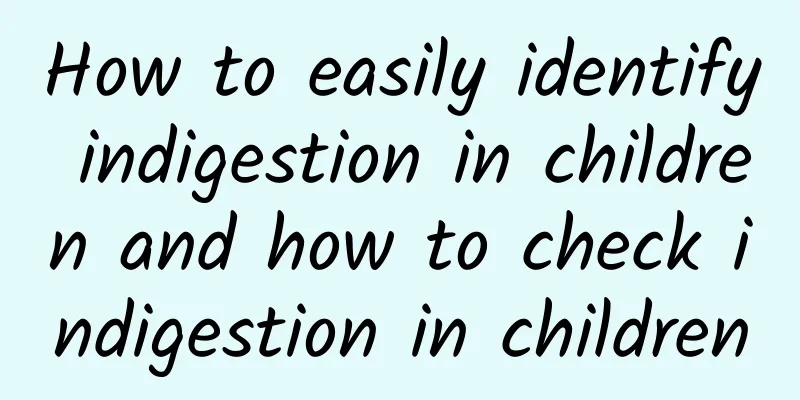Jaundice value comparison table 1 to 30 days

|
Neonatal jaundice is usually divided into physiological and pathological. Physiological jaundice is more common and usually does not require treatment. Breast milk jaundice also does not require special treatment. Pathological jaundice requires timely treatment to avoid serious consequences. According to the jaundice value comparison table, parents can preliminarily judge the severity of jaundice, but it is specifically recommended to seek medical attention in time and take appropriate treatment measures according to the doctor's advice according to different situations. The details are as follows: 1. Physiological jaundice: Physiological jaundice is the most common type of neonatal jaundice, which usually appears 2-3 days after birth, reaches its peak on the 4-5th day, and disappears on its own within 1-2 weeks. The main reason is that the liver function of the newborn is not yet mature, resulting in incomplete bilirubin metabolism. 2. Breast milk jaundice: Breast milk jaundice may occur in newborns who are breastfed. It usually appears 4-7 days after birth and lasts for several weeks. The reason may be related to certain components in breast milk affecting the metabolic function of the baby's liver. Symptoms include mild yellowing of the skin and sclera, and usually no special treatment is required. 3. Pathological jaundice: Pathological jaundice usually occurs within 24 hours after birth. The bilirubin level rises rapidly, exceeding the range of physiological jaundice, and may be accompanied by symptoms such as anemia and hepatosplenomegaly. Common causes include hemolytic diseases, infections, and hepatobiliary diseases. Treatments include phototherapy, exchange transfusion therapy, etc. Patients must follow the doctor's instructions to use medications. 4. Bilirubin encephalopathy: Severe jaundice may develop into bilirubin encephalopathy, a life-threatening pathological condition. Symptoms include drowsiness, abnormal muscle tone, and decreased reflexes. Timely treatment is the key, and phototherapy and exchange transfusion therapy are the main treatments. 5. Jaundice value comparison table: The following is a comparison table of newborn jaundice values, which can help determine the severity of jaundice 1 day after birth Neonatal jaundice is a common phenomenon, but it requires parents' attention and timely medical treatment to ensure the healthy growth of the baby. If symptoms of jaundice occur, they should be examined and treated in time. |
<<: How old is the hand, foot and mouth disease vaccine? How many shots are needed?
>>: Is hand, foot and mouth disease contagious to adults?
Recommend
Will eczema recur in children?
Many mothers will encounter this situation: the b...
What are the symptoms of ADHD in children?
ADHD, also known as attention deficit hyperactivi...
How to treat verrucous nevus in children?
Verrucous nevus is actually an epidermal nevus. I...
At what level does jaundice invade the brain?
Jaundice is a very common disease in newborn babi...
Can acute laryngitis in children be cured?
Acute laryngitis in children is one of the common...
What are the causes of children's cough? What are the causes of children's cough?
Cough is a symptom of respiratory diseases, among...
What is the cure rate for mild breast milk diarrhea?
What is the cure rate of mild breast milk diarrhe...
What are the dietary considerations for breast milk diarrhea?
What are the dietary requirements for breast milk...
How to distinguish between cold and flu in children? Check these 3 points
To distinguish whether a child has the flu or a c...
Chinese medicine for umbilical cord plastering for children with diarrhea
Diarrhea in children can be relieved by applying ...
What to do if a child has a cold and fever? Precautions for medication for children with colds and fevers
When children catch a cold, the most common sympt...
Several common neonatal pathological jaundice
Pathological jaundice breast milk This is a speci...
How to do primary prevention of Kawasaki disease
Kawasaki disease is a disease that appeared in Ja...
What causes white hair on the top of the head? You should pay attention to these 5 points
White hair on the top of the head may be caused b...
Causes of hand, foot and mouth disease in adults
The main reasons why adults may get hand, foot an...









